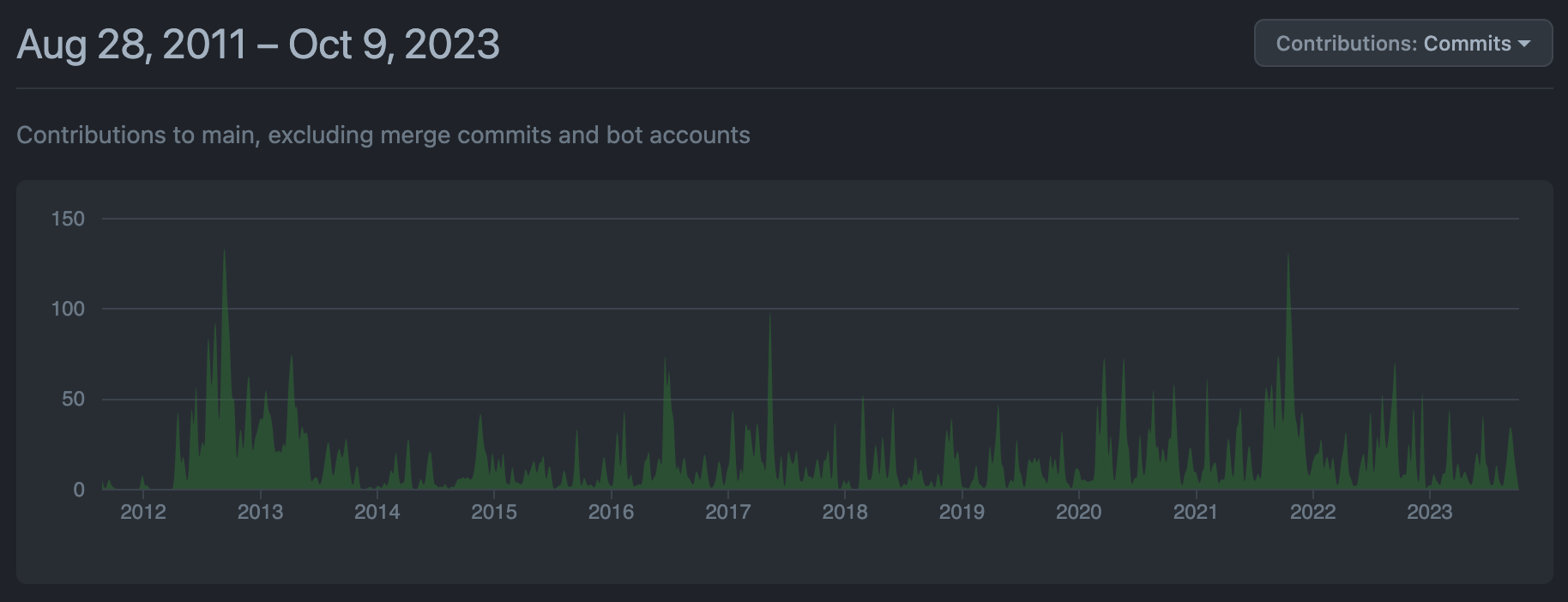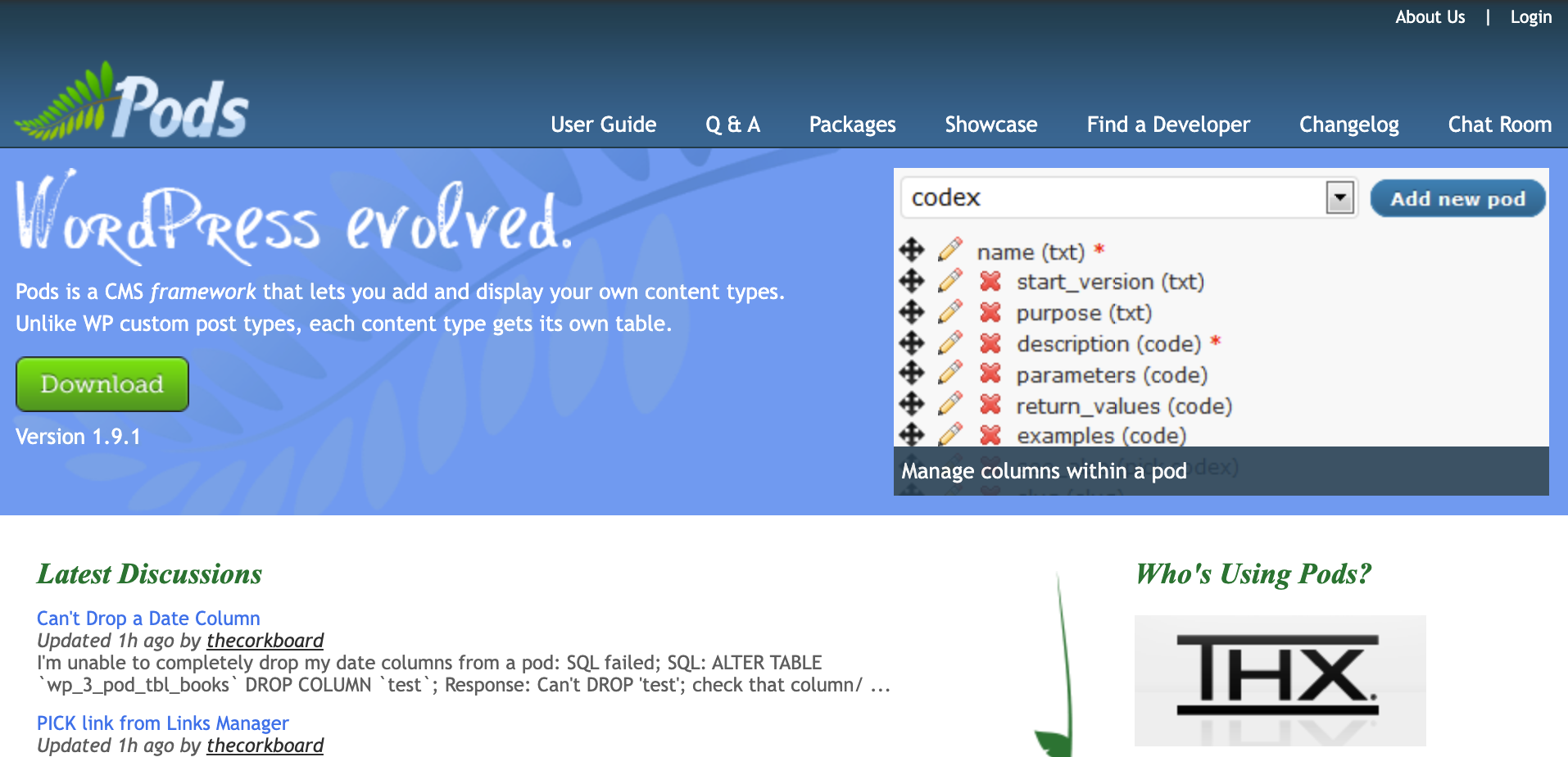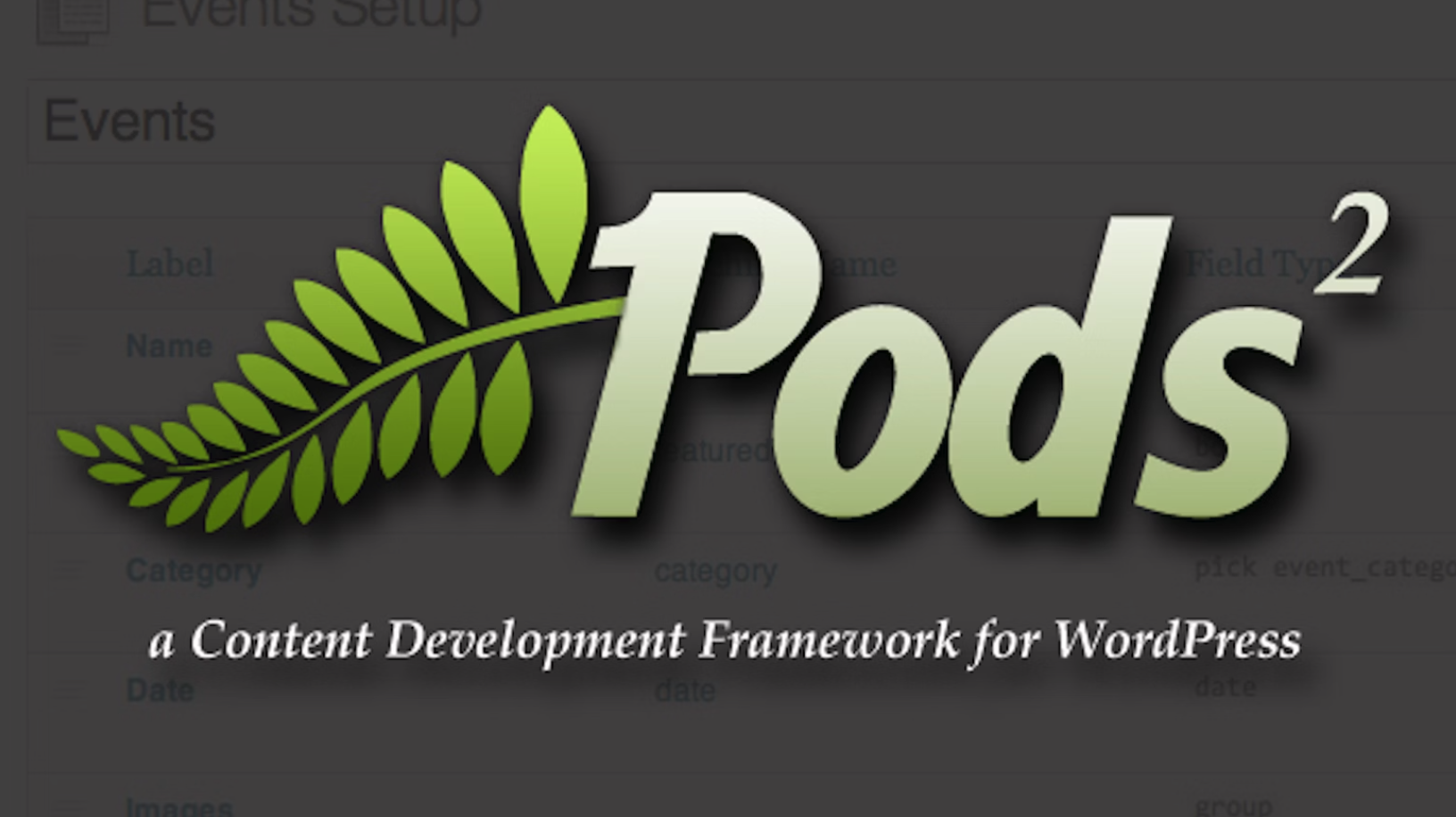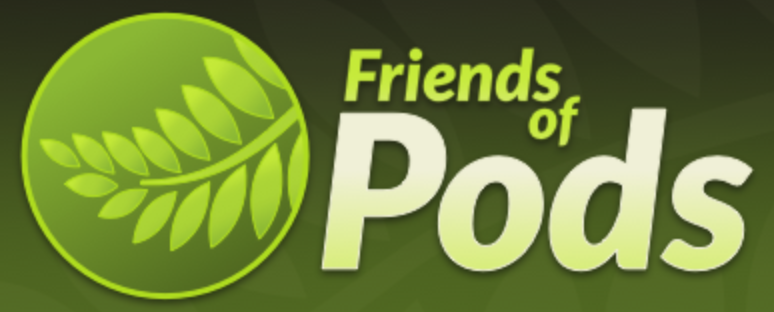Yesterday, I quietly celebrated the 15 year anniversary since Pods was released by Matt Gibbs on October, 8th, 2008. I found out about Pods that same week and then I jumped into heavily using it on my own web projects at work. Over a short time, I became more involved in support and development contributions which eventually led to me leading the whole project.
By the way, Matt Gibbs went on to release the FacetWP (2013) which just turned 10 this year 🎉
What WordPress was like back then
Back then, we were pushing the confines of WordPress at the time when Pods was released. Custom post types weren’t officially a thing until WordPress 3.0 was released a year and a half later in 2010. There were plugins at that time which customized the edit post screen to support custom fields. You’ll never believe this but one of those plugins is also still around after all of these years! Custom Field Template was released just over a month before Pods was. That plugin is the only custom field plugin predating Pods that has survived. Even Custom Write Panel was short lived and hey do you remember Flutter or the subsequent fork Magic Fields?
That got me thinking about longevity and how we all did or didn’t make it to this point. I believe many competing plugins were swallowed by the great Advanced Custom Fields effect. ACF was first released in 2011 over two years after Pods came on the scene. But pretty much immediately it garnered interest because Elliot Condon had a knack for great UI and was able to monetize it early on to help it grow. While Pods and other plugins lacked in UI, ACF made it easy to understand with its limited focus on custom fields and it looked dapper while doing it.
ACF wasn’t the only plugin that gobbled up market share from Custom Field plugins — there were other projects like Meta Box (2011), Types (2011, now premium-only via Toolset), Custom Field Suite (2011, a fork of ACF by Matt Gibbs), Fieldmanager (2012), CMB2 (2014), and many others. Each plugin that hit the scene would all compete for the same sort of people who would otherwise have enjoyed using a plugin like Pods or ACF. Competition is healthy and there still remains a variety of different options for Content Type / Custom Field plugins for WordPress out there.
Over time, those bigger plugins probably demotivated a few contributors of various smaller plugins and APIs out there. They became less frequently updated and the releases to address WordPress compatibility inevitably slowed. Some plugins were closed or became inactive on WordPress.org while some are inactive but remain available on GitHub repositories. But that didn’t seem to happen with Pods — we stuck around even though we had 1/20th of the usage share of our largest commercially-backed competitor ACF.

Financial health
With Pods, we received very few donations initially in the early years. I don’t have all of the records from back then but we probably got less than $100 in donations total. Then I ran a Kickstarter fundraiser for Pods 2.0 and landed a very lucky Automattic sponsorship after that. Eventually with the start of the Friends of Pods program, we started gaining momentum again. Then, as Gutenberg brought the Block Editor into WordPress, we saw the Automattic sponsorships overall get redirected to Block/React focused projects. This set us back on resourcing and our funding never really recovered to the same level since then.
Then a year later, Pods 2.8 brought Pods into the world of Blocks and React. It was expensive, time consuming, and difficult. But we couldn’t have done it without the knowledge and expertise of Zack Rothauser.
Pods Foundation, Inc currently receives about $1,400 in monthly and $8,700 in annual donations which gives us about $25,000 budget (excluding payment processing fees) to work with every year. We spend around $1,400-$2,000 monthly towards our paid support and development contributors Jory Hogeveen (Keraweb) and Paul Clark. The remaining amount goes towards domains, hosting, invoicing SaaS, and software. There’s not much wiggle room, and I’m not even getting paid from any of the donations for my own time. Everything donated to Pods goes right back into Pods.
I’d love to find new ways to bring sponsorships and donations into Pods to help build major features that can take Pods to the next level. I’m still thinking about what that looks like going forward.
Time is an investment
We just released Pods 3.0 a month ago and there’s barely been more than a month or two between maintenance releases the entire time Pods has been around. Think about that… even during the time we were building major feature releases, we were also putting out maintenance releases (x.x.1+ versions) with bug fixes and enhancements. Heck, some times we released a feature during a maintenance release like during the period between Pods 2.7 (2017) and Pods 2.8 (2021) just to keep everyone on their toes.
There hasn’t really been time for a breather to stop and think about what we’ve done and where we’ve been. We did ALL of this work together. Contributors have poured thousands of hours of volunteer time or sponsored time. I’ve poured thousands of hours of my own time into Pods and worked nights, weekends, holidays, between jobs, and while on PTO.
We all helped to keep Pods alive for these 15 years of ups and downs in WordPress and yet Pods is still here. We have remained steadfast and unwavering in its commitment to help others do more with WordPress. That wouldn’t be possible without every one of our contributors helping with code, support, docs, and the donors who help make it all possible. There is no shortage of competitors which have commercial funding and ACF has made its way to being owned by WPEngine. And yet the Pods project is still free and active.
As I think about what has happened in the past 15 years of my life — it includes marriage, two children, first house, second house after we sold the first, illnesses, surgeries, freelance work, agency work, fully remote work, left agency work to build products, left product work to build platforms, and well… that whole pandemic thing. It’s been a really fun ride and I’m excited to see what we do next as a project.
The Release Timeline
I thought it would be interesting to gather a list of major events in Pods lifespan that includes major/noteable features. Check out what I’ve put together below.




You must be logged in to post a comment.